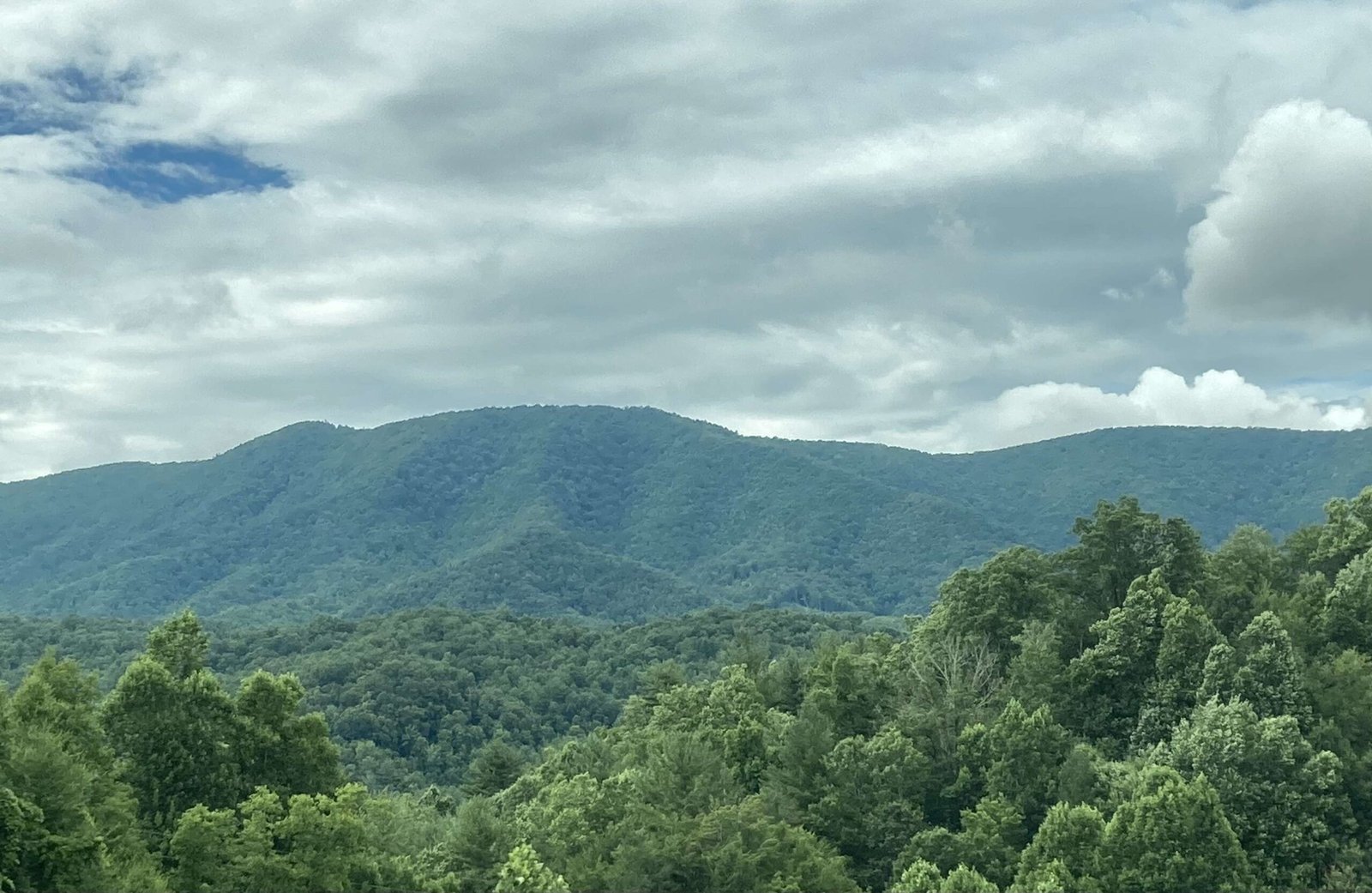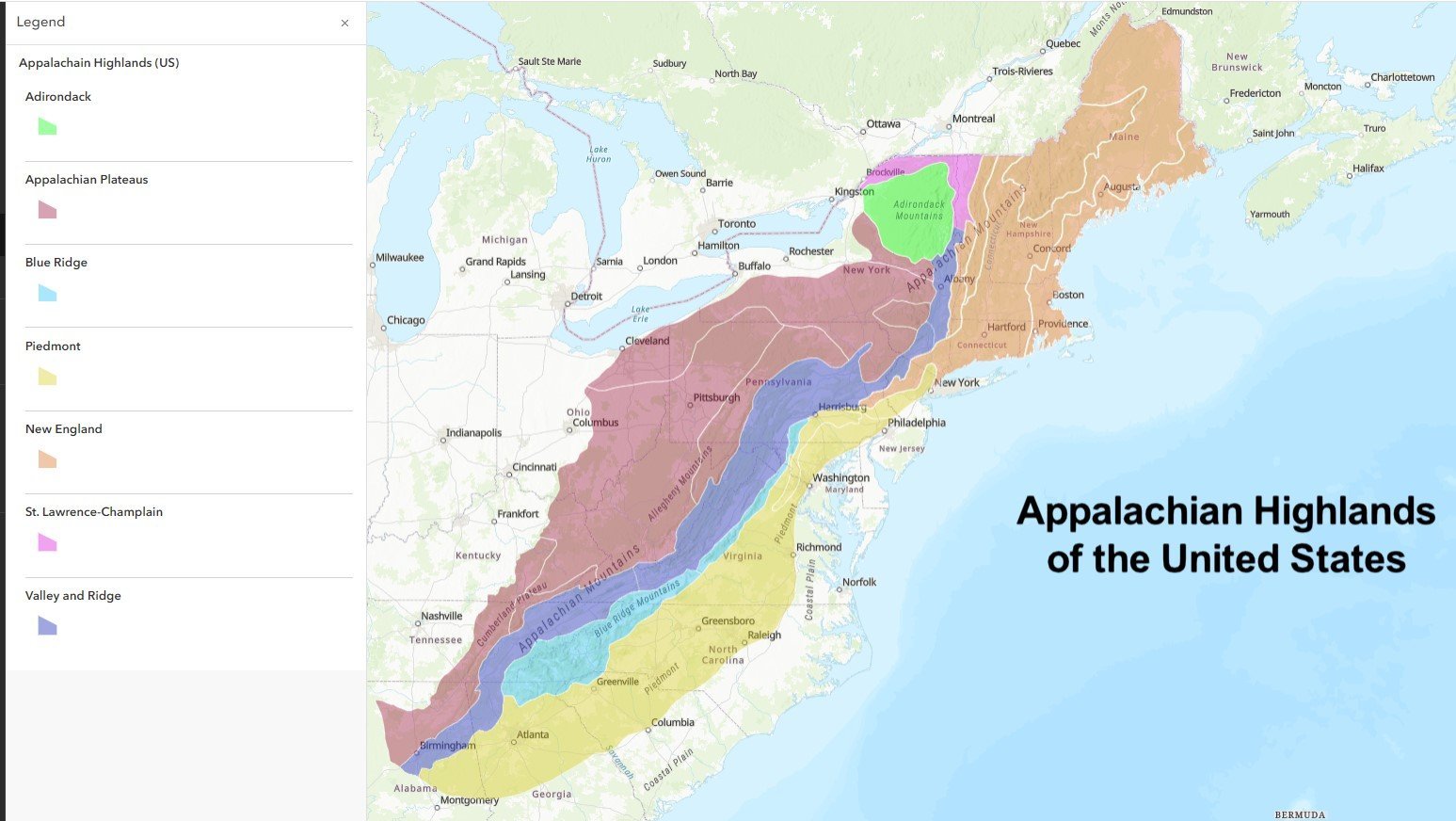The Appalachian Trail’s blaze color system is a critical navigation tool for hikers, with white blazes marking the main trail and blue blazes indicating side routes. These color-coded markers provide essential guidance through 2,190 miles of diverse terrain, helping adventurers navigate complex trail intersections, scenic detours, and challenging wilderness landscapes.
What Are Appalachian Trail Blaze Colors?

Original author: User:Ken_Thomas, licensed under CC0
Trail blazes are painted rectangular markings on trees, rocks, and other surfaces that help hikers stay on the correct path. The Appalachian Trail uses a specific color coding system that communicates critical navigation information.
Why Do Different Blaze Colors Matter?
| Blaze Color | Meaning | Navigation Purpose |
|---|---|---|
| White | Main Trail | Primary route marker |
| Blue | Side Trails | Alternate routes, shelters |
| Other Colors | Connecting Trails | Intersection indicators |
How Do White Blazes Work?

White blazes are the primary navigation markers for the Appalachian Trail. They communicate critical route information:
- Single White Blaze: Continue straight ahead
- Double White Blaze:
- Indicates a turn
- Signals route change
- Warns of incoming side trail
- Blaze Position Matters:
- Top blaze offset right = Turn right
- Top blaze offset left = Turn left
What Do Blue Blazes Represent?
Blue blazes serve multiple important functions:
- Mark side trails
- Indicate alternate routes
- Point to:
- Shelters
- Water sources
- Scenic overlooks
How Can Hikers Effectively Use Blaze Colors?
Successful navigation requires understanding blaze color nuances:
- Always carry a detailed map
- Learn blaze color meanings before hiking
- Pay attention to blaze placement and direction
- Use compass skills as backup navigation
What Challenges Exist with Trail Blazes?
Hikers may encounter navigation challenges:
- Sparse vegetation areas might use rock cairns instead of blazes
- Wilderness areas have less frequent markings
- Trail intersections can create color confusion
- Weather and time can fade blaze colors
Pro Tips for Blaze Navigation
- Study trail maps before your journey
- Take photos of trail intersections
- Bring backup navigation tools
- Join hiking groups for practical experience
- Practice identifying blaze patterns
Advanced Blaze Reading Techniques
- Look ahead, not just immediately around you
- Understand terrain-specific marking variations
- Learn to distinguish between main and side trails
- Recognize intersection complexity
Safety Considerations
- Never rely solely on blazes
- Carry emergency communication devices
- Inform someone of your planned route
- Understand your personal skill level
Recommended Gear for Blaze Navigation
- Detailed topographic maps
- Compass
- GPS device
- Waterproof trail guide
- Smartphone with offline maps
When to Seek Additional Guidance
- Complex trail sections
- First-time long-distance hiking
- Unfamiliar terrain
- Seasonal weather challenges
References:
– Appalachian Trail Conservancy
– National Park Service Trail Guidelines
– Hiking Navigation Resources

